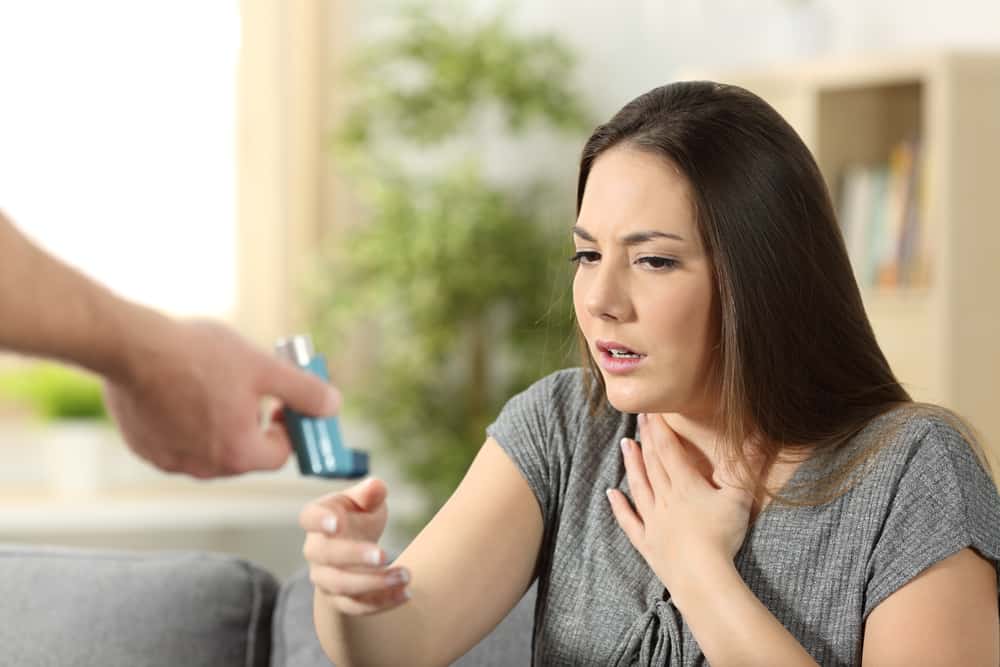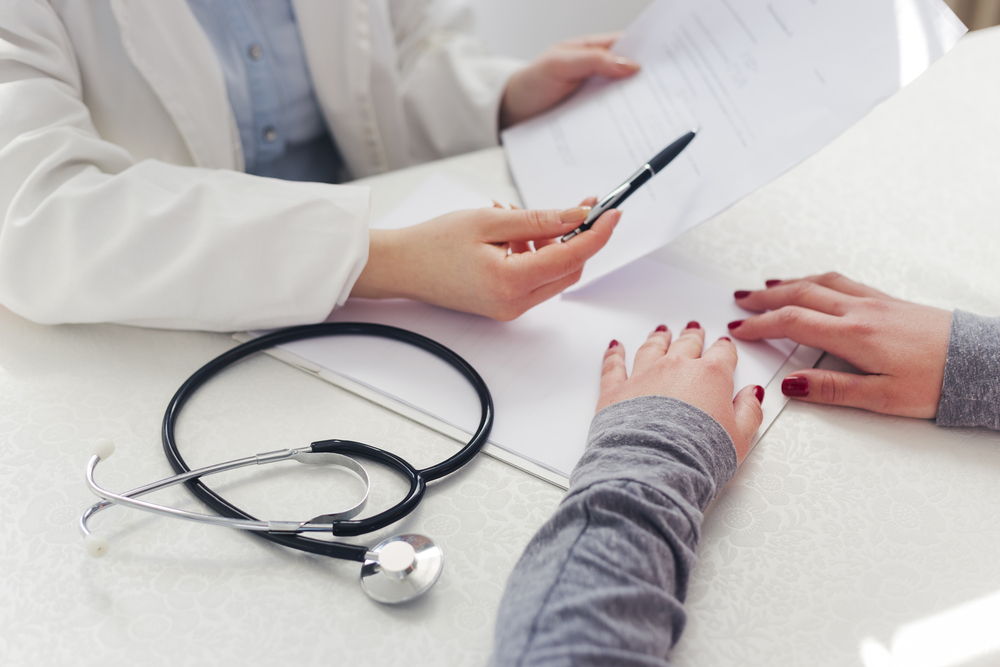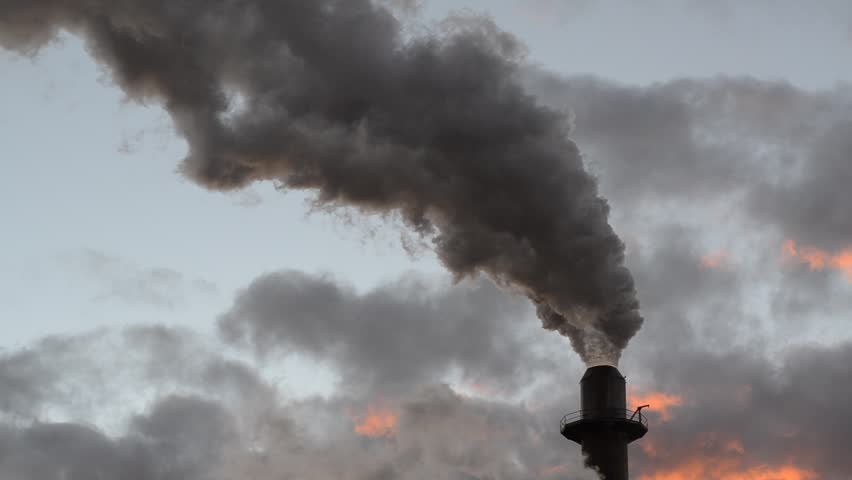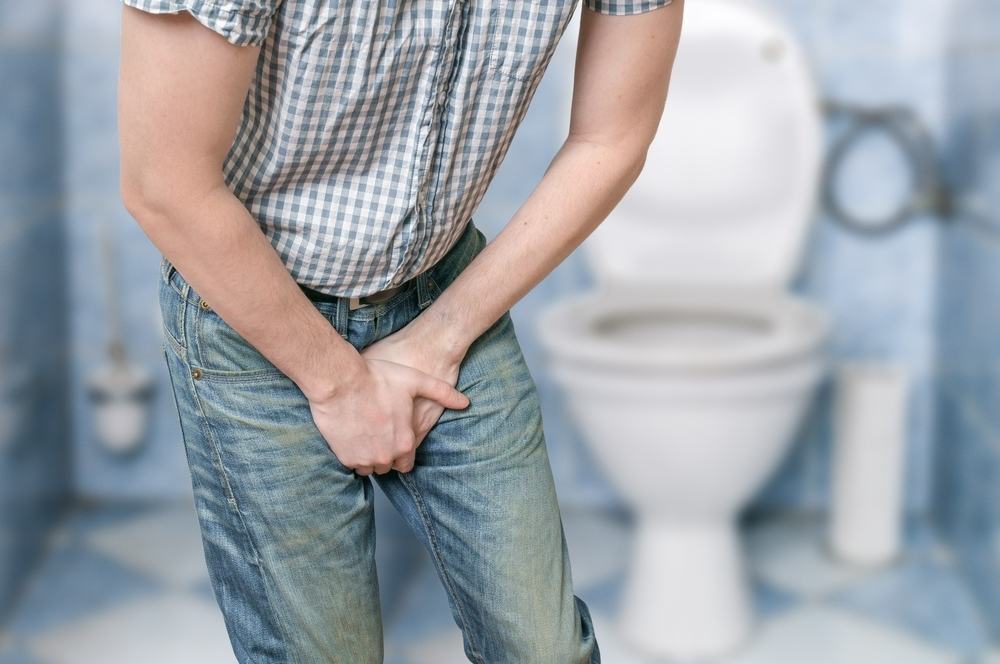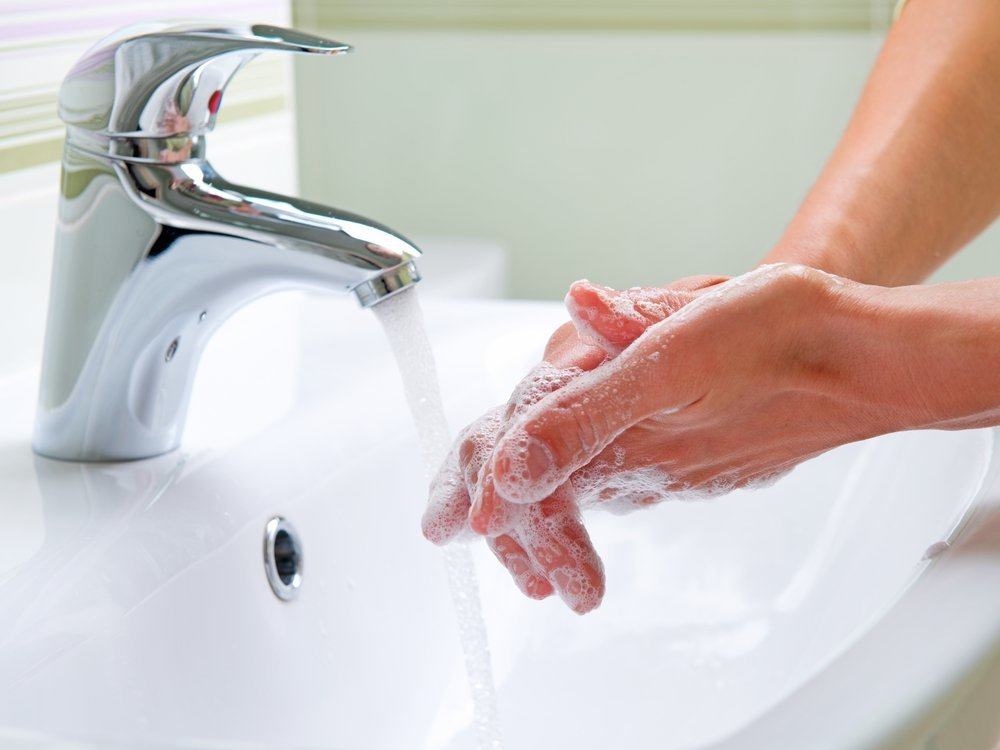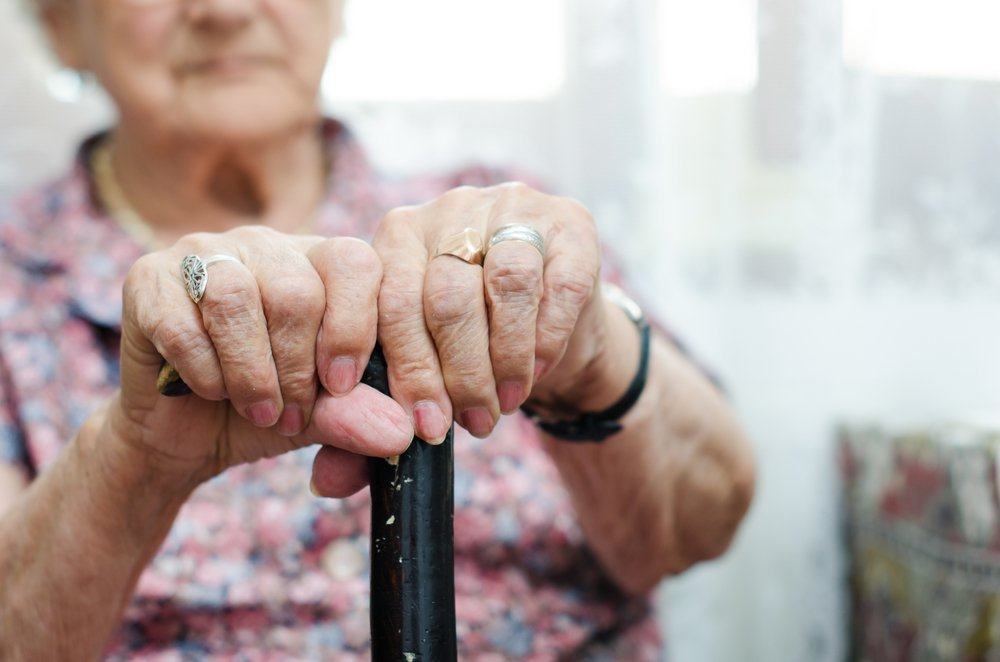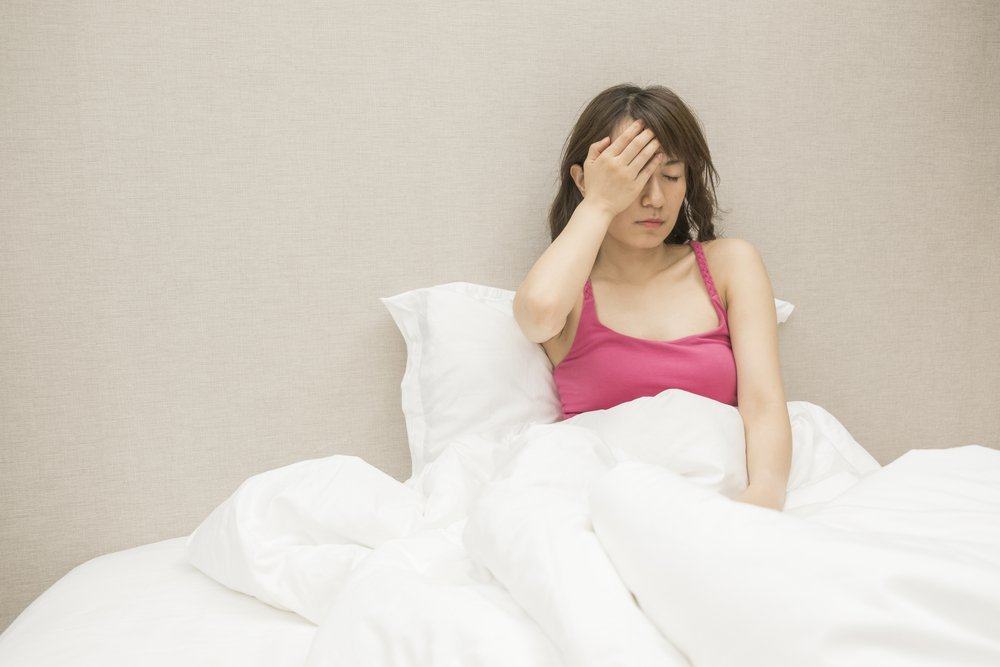Contents:
- Medical Video: What Causes Chronic Obstructive Pulmonary Disease (COPD)? – Manipal Hospital
- What is COPD?
- How can COPD damage the lungs?
- COPD and dyspnea
- Scale of shortness of breath
- How to prevent dyspnea?
- Exercise
- Practice smart breathing
- Stop bad habits
- Breathe cleaner air
Medical Video: What Causes Chronic Obstructive Pulmonary Disease (COPD)? – Manipal Hospital
When a person experiences damage to the lungs, shortness of breath, aka dyspnea in his medical language, it often becomes one of the common signs that appear, in addition to coughing. This symptom is a sign that is common in those who have lung damage, including in people with COPD.
Although seen as a common condition, dyspnea seems to have a severity, ranging from mild to severe. How is the level of breathlessness grouped? What can be done to relieve symptoms? Consider the following review.
What is COPD?
COPD is a group of pulmonary disorders. Emphysema and chronic bronchitis are two of the most common main conditions suffered by people with COPD. Many patients experience these two conditions at the same time. That way, they were declared to have Chronic Obstructive Pulmonary Disease (COPD).
COPD is a progressive disorder. That is, the patient's condition will worsen over time. That's why in early stages of COPD, this disease was difficult to identify because many people misinterpreted it. Mostly, symptoms that tend to be mild at the beginning are understood as ordinary fatigue or just "not being fit."
Unfortunately, there is no cure for this disease. The damaged lungs will be damaged forever without being repaired. However, don't be desperate because you can still relieve symptoms. Lightening or even keeping the symptoms from returning can make your quality of life stay good even if your lungs are damaged by COPD.
The most common symptoms of COPD can include:
- hard to breathe
- chest pain
- cough
- dizzy
- excess mucus in the lungs that often comes out when coughing
- often feel exhausted and tired
- frequent respiratory infections
- phlegm when coughing
- accidental weight loss
- wheezing
How can COPD damage the lungs?
Emphysema and chronic bronchitis attack the lungs in different ways. Emphysema damages the wall lining the air sacs in the lungs, aka the alveoli. Alveolus is a place of exchange of oxygen and carbon dioxide. When the alveoli is damaged, the ability of the lungs to take oxygen and release carbon dioxide is disturbed automatically. This of course will also affect the supply of oxygen to other body tissues. The impact of damage to the alveolus in the lungs is that you become easily tired and short of breath.
Meanwhile, chronic bronchitis causes inflammation and irritation to the walls of the airways. As a result, the walls of the airways will thicken because the production of excess mucus, is stiff, and makes you difficult to breathe.
COPD and dyspnea
Because of these two diseases, shortness of breath or dyspnea is the most common symptom felt by people with COPD. If you suffer from COPD, you can feel very difficulty breathing after walking or exercising. In fact, you might also feel shortness of breath when sitting or relaxing.
Scale of shortness of breath
There are many ways to measure how severe breathlessness or dyspnea you are experiencing. Many doctors use a system called Modified Medical Research Council Dyspnea Scale (MMRC). Other scales include Baseline Dyspnea Index (BDI) and Oxygen Cost Diagram (OCD).
According to a study on Annals of Thoracic Medicine, these scales are quite interrelated. However, MMRC does not account for other physical disorders, other than dyspnea. However, in the same study, the researchers noted that MMRC is the most common scale because it is simple, easy to use, and valid in measuring breathlessness due to COPD.
When using this scale, you must choose one of the five statements to describe your shortness of breath. Some of these questions are:
- "I'm just short of breath when I exercise hard."
- "I was short of breath while rushing on the stairs or walking a little."
- "I walked slower than people my age on a flat surface due to shortness of breath, or I had to stop to take a breath while walking at my own pace on a flat surface."
- "I have to stop to take a breath after walking about 90 meters or after a few minutes walking on a flat surface."
- "I was too short of breath to leave the house" or "I was short of breath while changing clothes."
Doctors can use your answers to determine certain treatments, predict survival rates. When a doctor uses a combination of spirometry for FEV1 pulmonary function tests, he can also diagnose the level of your lung disorder.
How to prevent dyspnea?
COPD does not have a cure. Medications and treatments can slow development and prevent damage, but it is not possible to stop COPD. Treatment also cannot restore the damage caused by this disease to your lungs and airways. However, you can still control it and still do some of your normal activities. You need to arm yourself with some smart strategies that can help you overcome shortness of breath and fatigue.
Some ways you can do to prevent dyspnea include:
Exercise
Being physically active might make you short of breath. So, you choose to avoid sports. In fact, activities like this are actually good for helping your lungs become stronger as long as they are done correctly.
Exercising also helps increase stamina and reduce episodes of dyspnea. However, make sure that you don't overdo your training program. Work with your doctor to find a physical exercise plan that is safe for your fitness level and that will not worsen your condition.
Practice smart breathing
If you suffer from COPD, your doctor can refer you to a respiratory therapist. A respiratory therapist can teach you how to maintain your breathing while exercising. You can also be taught a number of exercises that can help you return your breath quickly when you have a dyspnea attack.
Stop bad habits
Smoking is a major cause of COPD. If you smoke, stop and see how your symptoms will decrease. Quitting smoking is difficult, but keep trying and find the will for your lung health. Your doctor can help you find a plan to stop smoking that works for you. Remember that stopping smoking will get a longer and healthier life.
Breathe cleaner air
Besides cigarette smoke, other air pollutants can make your lungs worse and cause shortness of breath. Try to avoid vehicle exhaust fumes, paint odors, and even odors from cleaning fluid that can trigger your COPD symptoms to worsen.
Although COPD cannot be cured, you can control the symptoms, one of which is dyspnea. You must understand the symptoms that appear to be able to inform the doctor. That way, doctors can provide appropriate care. In addition, use the tips above to prevent dyspnea, slow down the progression of COPD, and maintain your lung function for a more comfortable and active life.
Hello Health Group does not provide medical advice, diagnosis or treatment.

